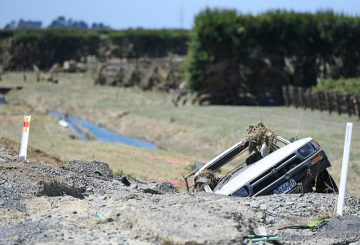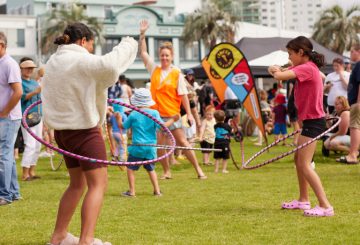Предупреждение: подробности этого дела могут расстроить некоторых читателей.
Вопросы о верёвке, использованной при смерти Полины Ханны, жены глазного хирурга Филипа Полкингхорна, вызвали подозрения. Первый полицейский на месте происшествия заметил проблемы с узлами и натяжением верёвки во время судебного разбирательства по делу Полкингхорна.
71-летний офтальмолог признал, что у него был метамфетамин, но отрицает убийство жены. Ханну нашли мертвой в их доме в Ремуэре 5 апреля 2021 года. Обвинение утверждает, что Полкингхорн вел тайную жизнь, одержимый сексом и поддерживал отношения с эскортом в Сиднее. Они утверждают, что он убил Ханну и инсценировал сцену, похожую на самоубийство.
Защита Полкингхорна утверждает, что у Ханны были проблемы с психическим здоровьем, и она покончила с собой. После вызова полиции они сочли место происшествия подозрительным из-за состояния верёвки. В последующие дни они также обнаружили в своем доме метамфетамин и стеклянную трубу.
Сержант-детектив Кристиан Йога прибыл на место происшествия после того, как Полкингхорн сообщил о смерти своей жены. По его словам, узлы были расшатаны и недостаточно прочны, чтобы выдержать вес, что привело его к подозрению в нечестной игре. Он также обнаружил коричневое пятно на матрасе, которое позже дало положительный результат на кровь.
Во время обыска полицейские обнаружили в главной спальне контейнеры с метамфетамином и трубку, в которой, как было установлено, находился мужчина Полкингхорна. Йогу допрашивали о том, получила ли полиция разрешение на обыск дома. Он объяснил, что сначала им не нужно было давать согласие, поскольку они подчинялись Закону о коронере, и назвал ситуацию сложной.
Адвокат Полкингхорна, Рон Мэнсфилд, утверждал, что полиция должна была запросить согласие, но Йога не смогла подтвердить, произошло ли это. Позже той же ночью полиция получила ордер на обыск. Йога выступил в защиту тщательного расследования, утверждая, что они обязаны предоставить общественности подробные сведения, тем более что дом был довольно большим.
Йога также рассказал, что в моче, обнаруженной в ванной, были обнаружены следы метамфетамина. Мэнсфилд поинтересовался, куда полицейские пошли в туалет во время длительного обыска. Он отметил, что переносные туалеты появились только через два дня после смерти Ханны. Йога настаивал на том, чтобы офицеры пользовались ванными комнатами вдали от места происшествия, но не смог объяснить причину задержки.
Судебный процесс, который, как ожидается, продлится шесть недель, продолжается в присутствии судьи Грэма Лэнга и присяжных.






























































